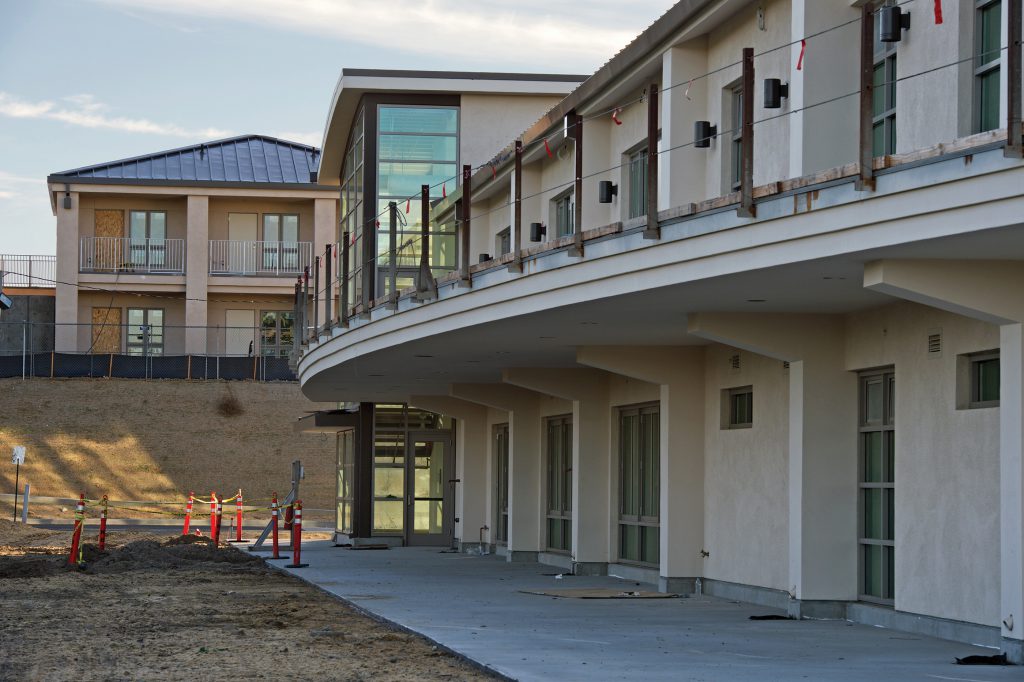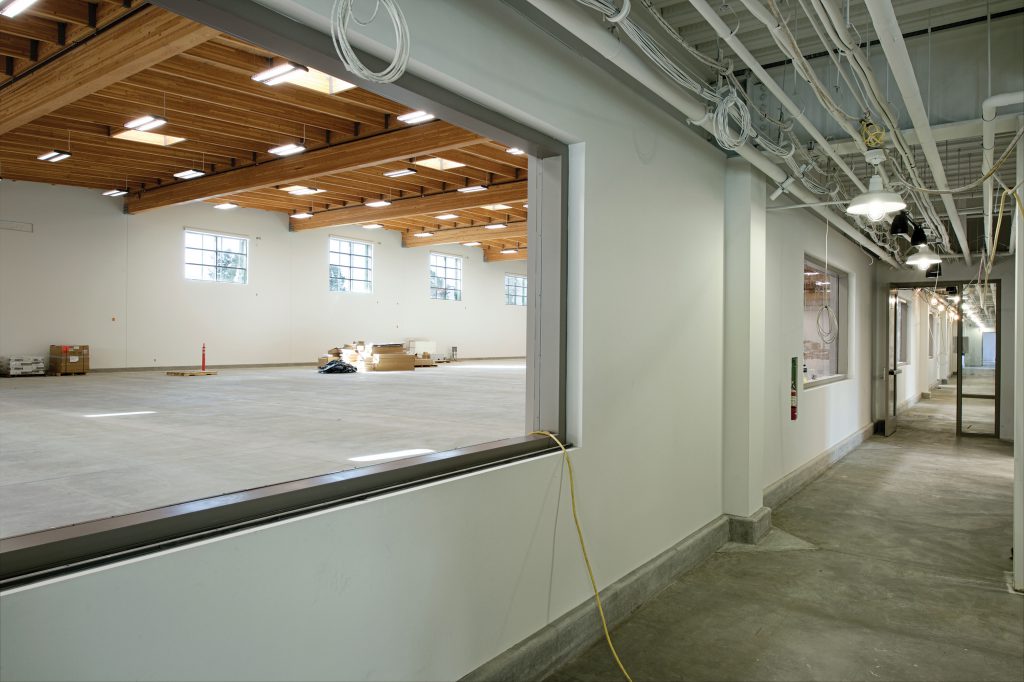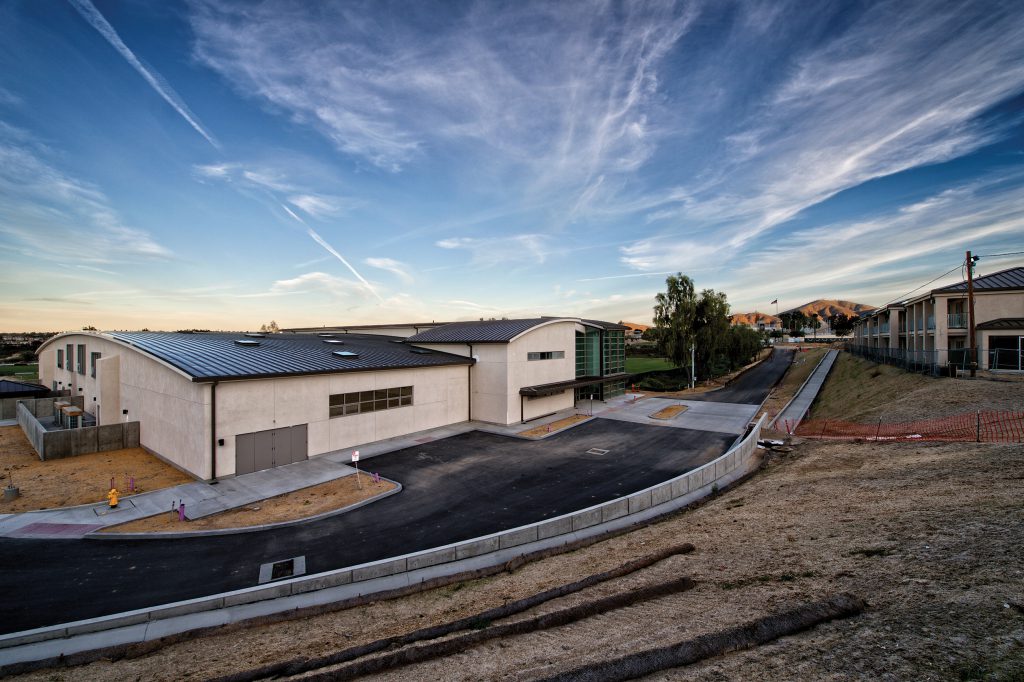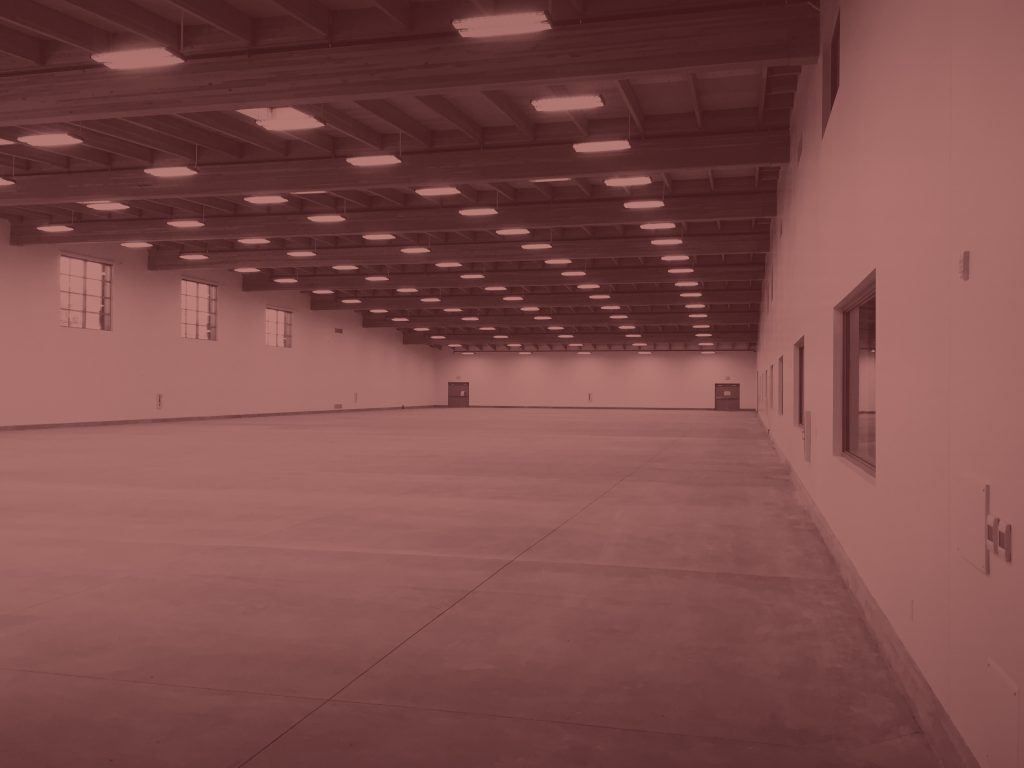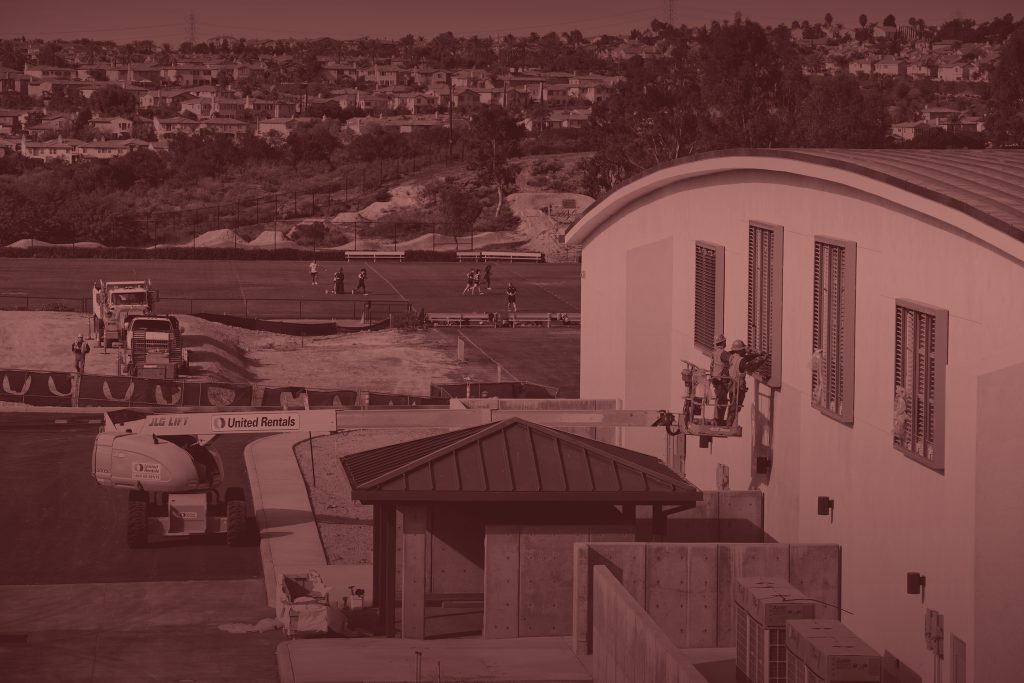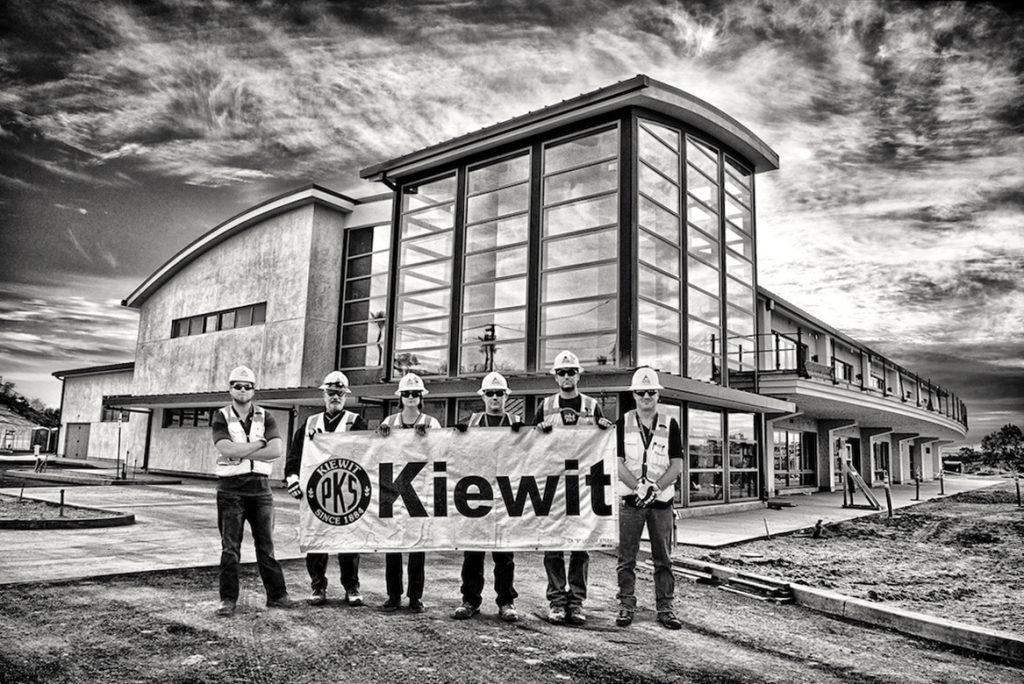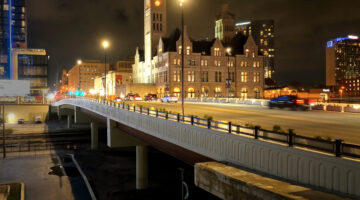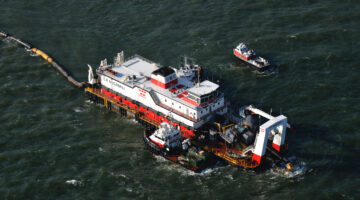Jim Easton, sporting goods industry innovator, International Olympic Committee (IOC) Board Member and past World Archery President, has had a vision for years. His dream is to see archery training facilities in each region of the United States so that every young person with the passion and determination to learn archery can have access to the equipment and coaching necessary to develop his or her talents — and perhaps, one day, become an Olympic archer.
USA Archery Head Coach Kisik Lee remembers the day Easton shared that vision with him. Easton’s dedication to his dream convinced Lee to stay in the U.S. as national head coach to help make his vision a reality.
Regional facilities are only part of Easton’s plan to revolutionize archery in America. What will make the largest impact is the Easton Archery Center of Excellence, which is currently under construction in the heart of the U.S. Olympic Training Center in Chula Vista, Calif. When completed later this summer, it will join regional centers in Newberry, Fla., Salt Lake City, Utah, and Yankton, S.D. — additional facilities being developed by the Easton Foundations, of which Easton’s son, Greg, serves as president.
Bringing it to life
Kiewit was just the team to help Easton’s vision become a reality to the entire archery world.
In March 2013, Project Manager Clint Johnson and his team broke ground on what he believes will become the greatest archery center in the world. Lee, who helped shape state-of-the-art facilities in Korea and Australia, is confident of that. Easton’s brother Bob Easton, a champion archer and renowned architect, ensured its excellence in architecture. Don Rabska, a lifelong archery enthusiast, competitive archer and coach, and current vice president of the Easton Foundations, was a believer before he even saw the blueprints. Johnson, with his lifelong career in the construction industry, said this was one of the most inspiring and influential facilities he’d ever had the honor of constructing.
The Easton Archery Center of Excellence features windows that, when opened, can double as a progressive training tool. Archers can stand inside the building and shoot at outdoor targets.
Lexan windows will provide spectators crystal clear, protected views of archers in the shooting room as they walk through the center’s hallways.
The flight of the arrow
The Olympic Path, a pedestrian circulation spine, weaves its way through the U.S. Olympic Training Center at an elevated level. Onlookers who take this path can look down on the different sports facilities. Knowing this, Bob Easton designed the main building to look aesthetically pleasing from above, with no unsightly rooftop equipment. Instead, even the roofs resemble the spirit of archery.
“The roofs are arched in the direction of the flight of the arrow,” Bob Easton said. “We wanted to have a very attractive roof that people will enjoy as they walk the Path.”
Training three ways
“This facility is an icon for the archery world,” Lee said. “We can do everything with this building.”
It all starts with the indoor shooting room. Framed in wood like a traditional field house and also arched like the flight of an arrow, this large indoor space is the defining characteristic of the Center. Its Olympic-sized dimensions — nearly 90-feet-wide, 255-feet-long and 20-feet-high — allow athletes to shoot the 70-meter Olympic distance totally free of any interference by the elements, especially the wind.
“It is frequently windy at the site,” Rabska explained. “It blows from the ocean inward, and then in the evening the wind shifts back the other direction.”
With the indoor shooting range, athletes can master technique and precision. Not only can they practice shooting at Olympic distances, but also, if they switch directions 90 degrees, they can hone their skills for the International indoor distance of 18 meters. This is good preparation for tournaments, many of which the Center will eventually host. The height of the shooting room accommodates an observation balcony where coaches, parents and other athletes can safely watch the archers.
Athletes also have the versatility to utilize an indoor-outdoor shooting area. Standing inside the building, they shoot out of open windows toward outdoor targets. This is known as the transition range. The archers are protected from the elements and are able to see how the wind affects the flight of their arrows.
Finally, the athletes have an Olympic and International length outdoor turf range where they and their arrows are exposed to the elements.
Technologically advanced
Technology plays a major role in the Center. A sophisticated test lab provides coaches with the latest technical instrumentation to better analyze athletes — tools such as 3-D imaging and high-speed filming determine the force vectors and biomechanics of the shooting process.
Archer Nick Kale and his fellow athletes are excited for the ribbon-cutting ceremony. They had never had the ability to train in a fully enclosed indoor range with state-of-the-art technology, which will add a competitive edge to their training.
“In the new facility, they will be able to film us shooting and replay it from many different angles,” Kale said. “You’d be surprised at how helpful basic video feedback can be for us. We’re excited to work on our technique and learn new things at this facility. We’re really amped for it.”
The archers have state-of-the-art locker rooms, a gym and a lounge. Additionally, the Center includes the Easton House — a 30-unit housing facility that allows each archer to have his or her own room. The Easton Foundations believes the new housing will attract many archers-in-training to be residents of the Center.
